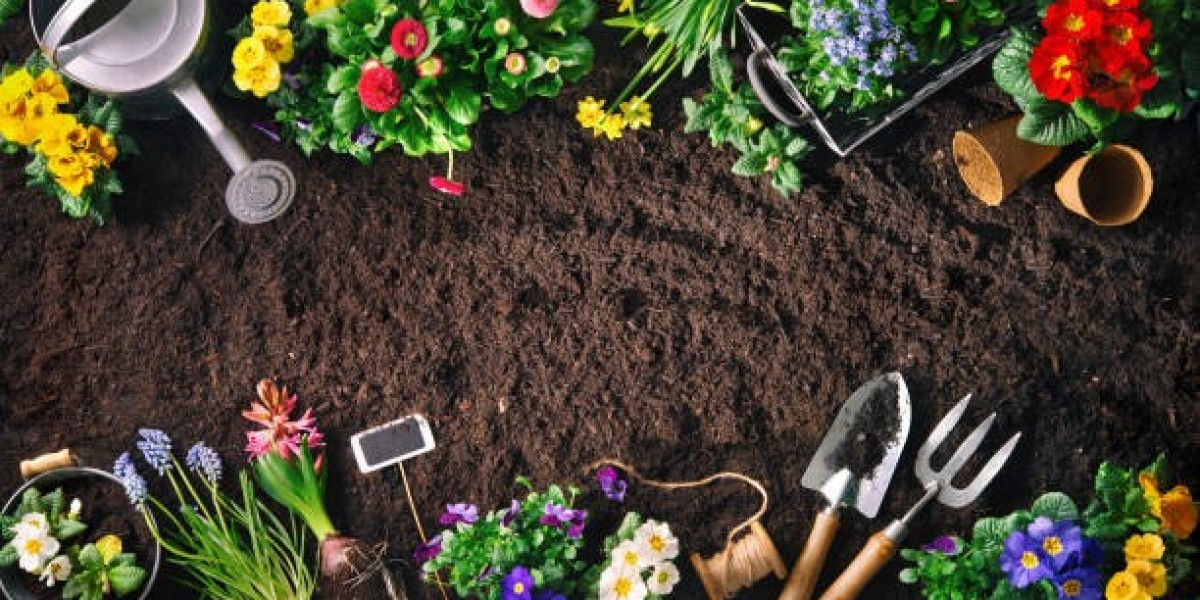Gardening is a fulfilling and rewarding hobby that connects you with nature, provides fresh produce, and enhances the beauty of your surroundings. For residents of St. Louis, the region's climate and soil conditions offer a unique set of opportunities and challenges. This guide will help you get started with gardening in St. Louis, whether you're a novice or looking to refine your green thumb.
Understanding St. Louis Climate
St. Louis falls within USDA hardiness zones 6a and 6b, which means the area experiences cold winters and hot, humid summers. This climate is conducive to growing a variety of plants, but it's essential to choose the right ones that thrive in these conditions.
Choosing the Right Plants
For beginners, it's wise to start with hardy plants that are well-suited to the local climate. Some excellent choices for St. Louis gardens include:
- Tomatoes: A staple in many gardens, tomatoes thrive in the summer heat.
- Peppers: Both sweet and hot varieties do well in St. Louis.
- Leafy Greens: Spinach, kale, and lettuce can be grown in spring and fall.
- Herbs: Basil, oregano, and mint are easy to grow and very useful in the kitchen.
- Perennials: Consider planting daylilies, coneflowers, and hostas for low-maintenance beauty.
Preparing Your Garden Space
Before you plant, you need to prepare your garden space. Follow these steps to ensure your plants have the best start:
Choose a Location: Most vegetables and many flowers require full sun, which means at least six hours of direct sunlight per day. Observe your yard to find the best spot.
Test Your Soil: St. Louis soils can vary, so it's important to know what you're working with. You can purchase a soil test kit from a local garden center or send a sample to the University of Missouri Extension for analysis. Based on the results, you may need to amend your soil with compost, sand, or other materials to improve its fertility and drainage.
Prepare the Soil: Clear the area of any weeds or grass. Dig down to loosen the soil, which helps roots grow more easily. Adding organic matter like compost can enrich the soil and improve its texture.
Planting Your Garden
With your space prepared and your plants selected, it's time to get your hands dirty. Here’s a simple guide to planting:
Timing: In St. Louis, the last frost typically occurs in mid-April. However, it's always wise to check the forecast before planting. Start seeds indoors for longer-season plants, or directly sow seeds and transplants into the garden after the danger of frost has passed.
Spacing: Pay attention to the recommended spacing on seed packets or plant tags. Proper spacing ensures that plants have enough room to grow and access sunlight and nutrients.
Watering: Newly planted seeds and transplants need consistent moisture to establish roots. Water gently to avoid washing away seeds and ensure the soil stays moist but not waterlogged.
Maintaining Your Garden
Once your garden is planted, ongoing care is essential for a healthy and productive garden.
Watering: In the hot summers of St. Louis, regular watering is crucial. Early morning is the best time to water, reducing evaporation and allowing plants to absorb moisture before the heat of the day. Aim for deep, infrequent watering to encourage strong root systems.
Weeding: Weeds compete with your plants for nutrients, water, and light. Regularly remove weeds by hand or use mulch to suppress their growth. Mulching also helps retain soil moisture and maintain a consistent temperature.
Fertilizing: Depending on your soil test results, you might need to fertilize your plants. Use a balanced fertilizer for vegetables and follow the instructions for application. Organic options like compost tea or fish emulsion can also provide nutrients without the risk of over-fertilizing.
Pest Control: In St. Louis, common garden pests include aphids, tomato hornworms, and Japanese beetles. Monitor your plants regularly for signs of pests and take action as needed. Natural remedies like neem oil or insecticidal soap can be effective without harming beneficial insects.
Seasonal Considerations
Gardening in St. Louis means adapting to the changing seasons:
Spring: Start cool-season crops like lettuce, spinach, and peas as soon as the soil can be worked. As the weather warms, transition to warm-season crops like tomatoes and peppers.
Summer: Focus on maintaining moisture and protecting plants from extreme heat. Mulching and shade cloth can help manage the summer sun.
Fall: Plant a second crop of cool-season vegetables. Fall is also a great time to plant perennials and bulbs for spring blooms.
Winter: Use this time to plan next year's garden. Clean and maintain your tools, and consider starting seeds indoors.
Getting Involved in the Local Gardening Community
St. Louis has a vibrant gardening community with numerous resources to help you succeed. Consider joining a local gardening club or attending workshops hosted by the Missouri Botanical Garden. The St. Louis County Library also offers gardening classes and resources.
Conclusion
Starting a garden in St. Louis is a rewarding endeavor that can provide fresh produce, beautiful flowers, and a sense of accomplishment. By understanding the local climate, choosing the right plants, and providing proper care, you can enjoy a thriving garden. Remember, gardening is a journey of learning and experimentation, so don't be afraid to try new things and learn from your experiences. Happy gardening!








